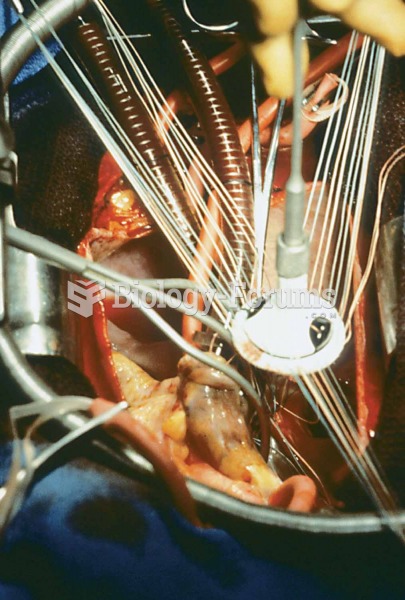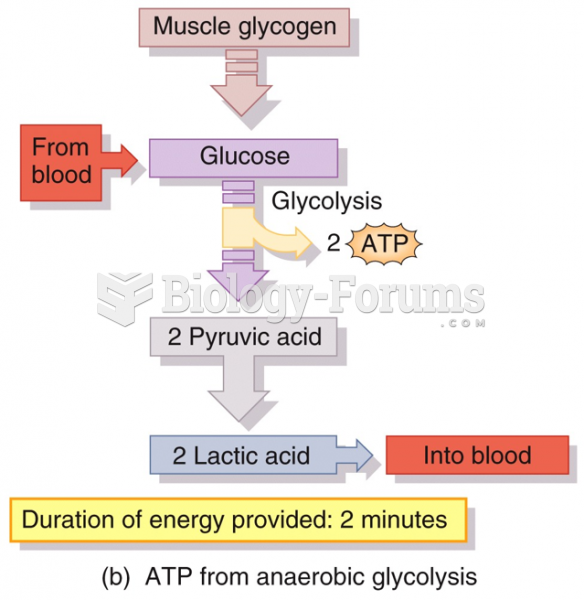This topic contains a solution. Click here to go to the answer
|
|
|
Did you know?
Most women experience menopause in their 50s. However, in 1994, an Italian woman gave birth to a baby boy when she was 61 years old.
Did you know?
In the ancient and medieval periods, dysentery killed about ? of all babies before they reach 12 months of age. The disease was transferred through contaminated drinking water, because there was no way to adequately dispose of sewage, which contaminated the water.
Did you know?
Illicit drug use costs the United States approximately $181 billion every year.
Did you know?
If you could remove all of your skin, it would weigh up to 5 pounds.
Did you know?
Most childhood vaccines are 90–99% effective in preventing disease. Side effects are rarely serious.







